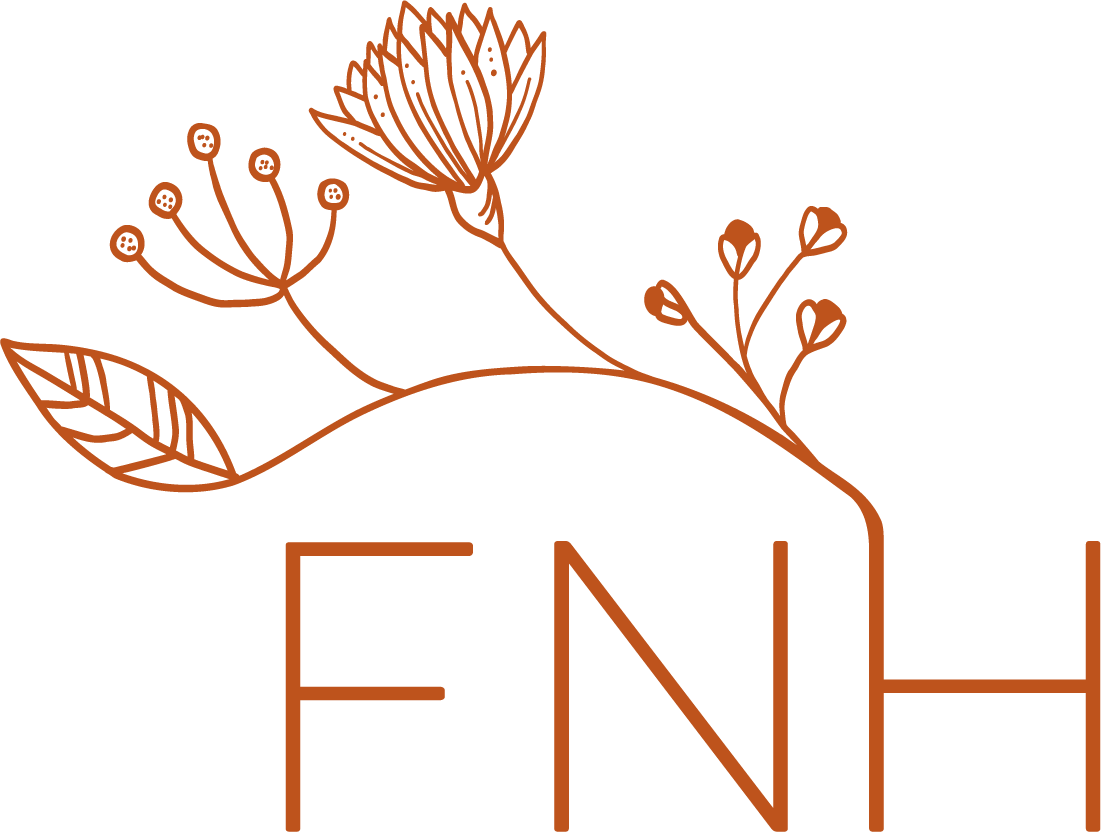Naturopathy
Find the underlying cause of your symptoms and treat them naturally, with food, herbs, supplements, flower essences and lifestyle changes.
Kinesiology
Embrace the gentle art of muscle monitoring to better understand your emotional, mental, physical and spiritual wellbeing.
Walk in Clinic
Want to have a chat with a Naturopath, but don’t have the money/time? Walk in on Fridays 9-4pm and speak to leading Naturopath Laura Hickey

Discover the underlying health issues that stop you from feeling well.
Once we understand what’s causing your symptoms, we can treat them, naturally.
A customised program.
We’ll develop a program built on nutrition, herbs, flower essences, muscle testing, kinesiology balances and/or lifestyle changes to support restoration of your health and vitality.
Upcoming workshops
Group detox & workshop
Book an initial consultation
Our Fremantle practice is conveniently located in Parry Street.
Book your appointment online or call us if you would like to discuss how we can help you get back to good health.


